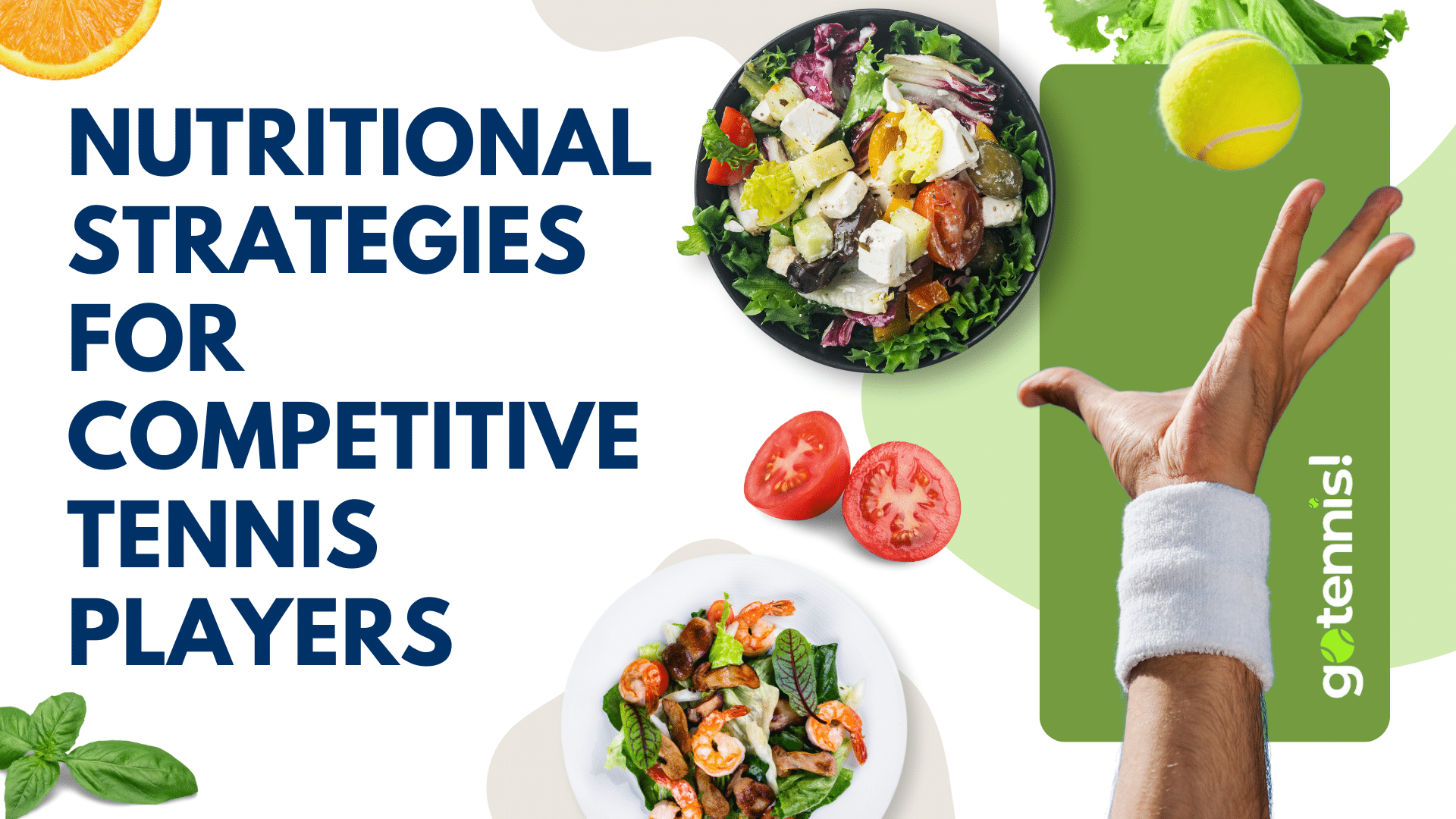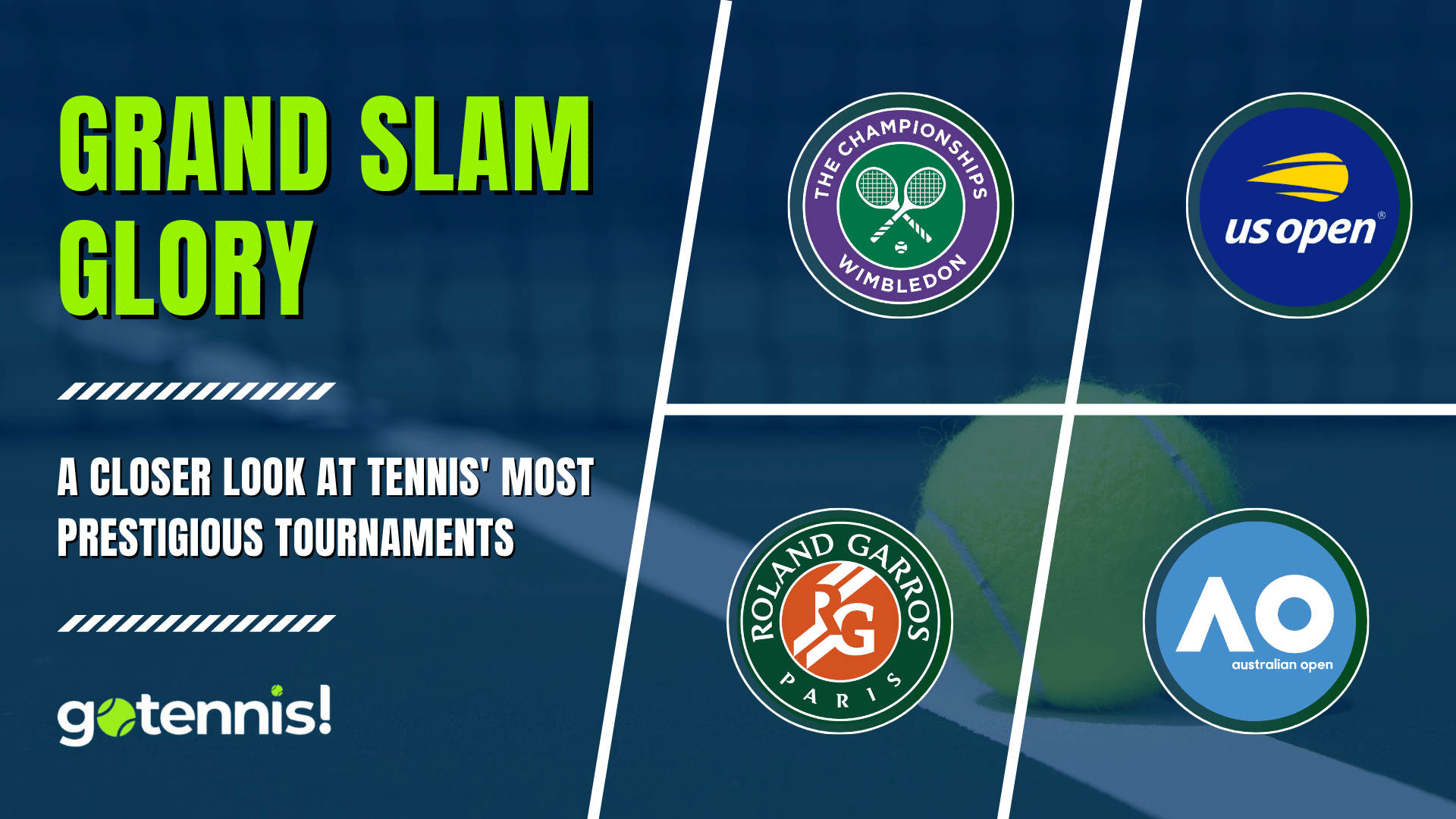Tennis is a racket and ball sport that can be played in doubles or triples by two or four players. Both men and women compete in tennis worldwide at all ages and skill levels, from leisure to elite professional play.
Tennis Nutrition Tips: At important events, male competitors also participate in matches that last five sets, although most matches last three sets. Professional matches, like those at the Australian Open, can run up to three hours for ladies and four to five hours for men, while longer bouts have occasionally occurred Players are only allowed a very short rest (less than 20 seconds) in between each point. In addition, there is a short break (90 seconds) for changing ends and two minutes in between sets.
Competition play is high-intensity running in short bursts throughout a match that can last several hours. This indicates that tennis is a skill-and coordination-intensive sport that also calls for a strong metabolic energy system and exceptional endurance.
Consequently, even though the game is not continuous, the athlete’s glycogen stores could be put to the test. This becomes even more difficult during tennis tournaments when multiple matches are played in a single day or over multiple days, as there is not enough time for the player to properly recuperate.
Tennis is primarily a summer activity; therefore, even though it can be played throughout the year, players must be able to tolerate the heat because the sport involves a lot of travel, particularly if the match is played in the late afternoon when congestion and temperatures can be very high. It’s crucial to keep in mind that dehydration might result from travel tiredness.
A professional athlete’s weekly training schedule can exceed 30–40 hours. Training emphasizes developing footwork, agility, strength training, and running in addition to court-based exercises. While many athletes compete in competitions and matches, their training schedules are more irregular while they are exercising recreationally.
WORKOUT DIET
Tennis players may have rigorous training regimens, which increases their demand for energy and carbohydrates. Thus, nutrition regimens must be periodized to correspond with the player’s training demands. For instance, during periods of intense exercise, a tennis player diet and workout plan which is rich in nutrient-dense carbohydrates is essential to supply enough energy to maintain performance and encourage recuperation. Other times, when exercise loads are lower, so are the corresponding needs for energy and carbohydrates.
Training load, unique athlete needs, training objectives, physique goals, wellness, and development adjustment for youngsters will all impact an individual’s nutritional needs. In general, nutrient-dense carbohydrates (well scheduled for fuel) and lean proteins for tissue development and recovery should be the main components of training nutrition and achieving the best tennis workout.
Tennis players have the best body composition for strong shots, quickness, and agility when they have a reasonably high muscle mass and a low body fat percentage. Players who wish to alter their body composition should collaborate directly with a Certified Sports Nutritionist to create a personalized strategy, as excessive restriction is counterproductive and can impair performance.
Liquid Requirements
When playing tennis, it’s critical to stay hydrated because the intense nature of the games, combined with hot temperatures, can cause significant sweat rates and potassium and water loss. The scheduling of matches might be unpredictable, which adds another level of difficulty and emphasizes the need to consistently practice smart hydration techniques.
Sipping fluids (especially water) frequently and striving for pale yellow urination is an excellent place to start, as dehydration can affect performance, including competence and decision-making.
Making the most of drinking opportunities and keeping drinks close at hand throughout practice and competitions will aid in replenishing lost sweat. A certified sports dietitian can advise you on the proper fluids to drink, as every athlete has different needs when it comes to fueling and hydration.
PRE-COMPETITION DIET
It’s critical to start games hydrated and well-fueled. It could be difficult to estimate when to have a pre-match meal because of how variable match schedules can be. Pre-match meals should ideally be consumed three to four hours prior to kickoff, and minor snacks should be added as needed. A combination of fuel-producing carbohydrates and hydration-promoting liquids should be included in the pre-match meal. Several appropriate concepts are as follows:
- Bread buns are paired with chicken stock.
- Mac & Cheese with low-fat dairy product
- Bread topped with filtered low-fat dairy cheese
- Breakfast cereal or fruit-flavored porridge
- Salad plus meat, fish, or egg in a wrap or protein-based meals.
To make it easier to digest, extra snacks should be high in carbohydrates and low in fat and fiber. Suitable snack suggestions include the following:
- Fresh citrus
- high protein foods such as peanut butter
- Dried mixed nuts
- yogurt
A fruit juice substitute might be a helpful source of carbohydrates if players are really anxious or if meals don’t settle well before a match.
WHAT YOU CAN CONSUME WHILE YOU ARE IN THE COMPETITION
Since tennis matches are frequently played in warm weather, it’s critical to replenish lost fluids and stay cool during play breaks. Carbohydrates can also improve performance and postpone the onset of weariness. Strategies for sensible cooling, hydration, and tennis nutrition tips include:
- To keep cold, fill water bottles with ice and store them in bottles.
- Utilize separate bottles to monitor your hydration consumption.
- Select electrolyte solutions with a higher concentration since the sodium helps with proper rehydration.
- Apply cool clothes to your face and neck.
- Try to take a seat in front of the fans during breaks.
Athletes should remember to bring appropriate meals and liquids near the court so they may take advantage of any play breaks to replenish their energy and rehydrate, according to the duration and intensity of the match.
Since food tends to sit in the stomach when playing, many athletes dislike eating during games. In these situations, however, sports meals like gels, energy bars, and sports beverages can be helpful because they digest quickly.
In order to ascertain which meals and beverages are optimal for their individual needs, athletes should carefully collaborate with a Certified Sports Nutritionist to experiment with hydration and food intake methods during practice and competition.
RECOVERY
In the event that athletes participate in tournaments that span several days and have training sessions spaced less than half a day apart, they should give priority to recovery food as soon as the competition concludes.
Protein is necessary for muscle growth and repair, carbohydrates serve as fuel, and loads of electrolytes and water to replenish sweat losses are all important components of recovery dietary requirements.










